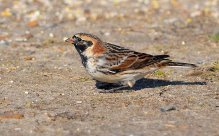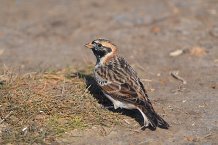Titchwell March 23rd
Today's highlights
Redwing - big movement this morning, 550 through early morning
Marsh tit - 1 on feeders
Red crested pochard - 3 pairs in reedbed
Slavonian grebe - 1 offshore
Greenshank - 1 on saltmarsh
Red kite - another 5 west over the reserve today
Water pipit - 2 on grazing meadow
Avocet - 47 on tidal pool
Paul
Today's highlights
Redwing - big movement this morning, 550 through early morning
Marsh tit - 1 on feeders
Red crested pochard - 3 pairs in reedbed
Slavonian grebe - 1 offshore
Greenshank - 1 on saltmarsh
Red kite - another 5 west over the reserve today
Water pipit - 2 on grazing meadow
Avocet - 47 on tidal pool
Paul






